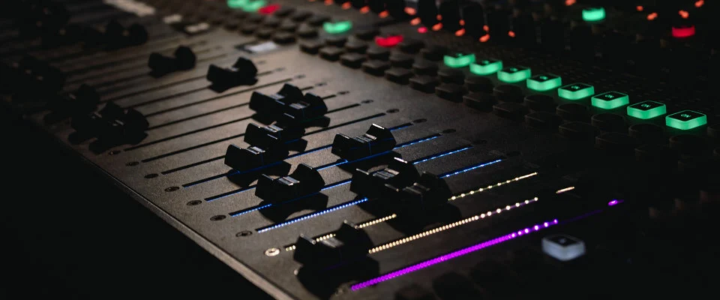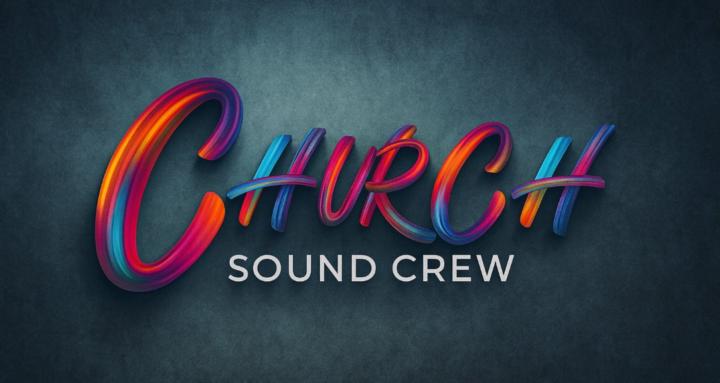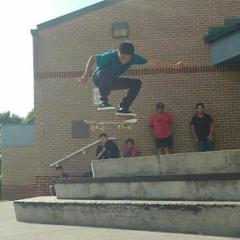
Write something
X-Live card routing issue
After I installed/configured/Routed my X-Live card to the X32 for 32 channel playback to the SD card, I cannot get a signal out of the X-Live card usb to OBS. I can playback to FOH while recording all 32 channels, but No signal to OBS. Any help is appreciated!! Mark
1
0
Church Livestream mix v.1
Hey everybody, been playing around with the mixer and dialing a mix for the church. FOH mix has been dialed in pretty nicely for the church . But i feel like the livestream can improve way more. I'm sending the church's livestream to you guys. Would like some input and critic on what can be improved, what's missing and what's needed. https://www.facebook.com/share/v/1JgSap18yh/
1
0
Top 3 Livestream Audio Myths That Won’t Die (but Need To 😅)
There are a LOT of bad ideas floating around about how to make your livestream mix sound “better.” Let’s clear some of that up 👇 🎤 Myth #1 – “Add more reverb so it sounds bigger.” You don’t need a worship cathedral on your stream. Reverb on livestream audio can make it muddy and distant if not dialed correctly. Keep it natural. The “air” people want to hear actually comes from room mics, not plugins. 🧠 Myth #2 – “It’s fine if the mix clips — Facebook/YouTube will normalize it.” That’s like saying, “It’s fine if the car hits the wall — airbags will fix it.”Once your signal distorts, it’s baked in.Always leave a few dB of headroom before your limiter. 🎧 Myth #3 – “Headphones are enough to monitor.” Not even close. Always check your livestream on real devices — a phone, a TV, a laptop.You’ll be shocked how different it sounds outside your booth. ⚡ Truth: A great livestream mix isn’t louder, brighter, or wetter — it’s balanced, consistent, and human. 💬 What’s the biggest livestream myth you’ve heard other sound techs believe? Drop it below 👇 — Nate
2
0

The reason why your livestream mix sound dead...
Ever watched your church’s livestream and thought, “Why does it feel like a band rehearsal instead of worship?” The answer is simple: no crowd mics. When you’re in the room, you hear the congregation singing, clapping, and reacting. That energy fills the space. But online? Without crowd mics, all of that disappears. It’s just raw instruments and vocals with zero atmosphere. What Crowd Mics Do: - They capture the room—the sound of the congregation, the ambience, the “life” of worship. - They make online viewers feel like they’re actually there. - They glue the mix together so it doesn’t sound sterile or awkward. How to Set Them Up 1️⃣ Placement is everything. Put them far enough to capture the congregation, but not so close they pick up the band more than the people. 2️⃣ Stereo pairs work best. Small diaphragm condensers or even shotgun mics can give a natural spread. 3️⃣ EQ with care. Roll off the lows so subs don’t rumble the stream, and tame highs if it gets harsh. 4️⃣ Blend, don’t blast. You want just enough to hear the room without drowning out the worship team. ⚡ Pro tip: Don’t forget to check phase—if crowd mics are out of phase with the PA, your livestream can sound thin and weird. 💬 Do you run crowd mics for your church’s livestream? If so, how many—and where do you place them? — Nate
3
0
Hosting Teams Meeting
Hello everyone, So I need help figuring something out, My church is hosting a leadership meeting for our denomination and we’re hosting on Teams. I’ve been tasked to figure out how we’re gonna do this without having audio feedback when questions are being asked in the meeting and the meeting will be streamed from our system live as well. Please any help or direction to help will be appreciated.
1-11 of 11
powered by

skool.com/church-audio-engineers-2670
Your hub for church sound, livestream mixing, and Sunday audio solutions—practical tips, training, and community for church sound teams by NATE Audio.
Suggested communities
Powered by



